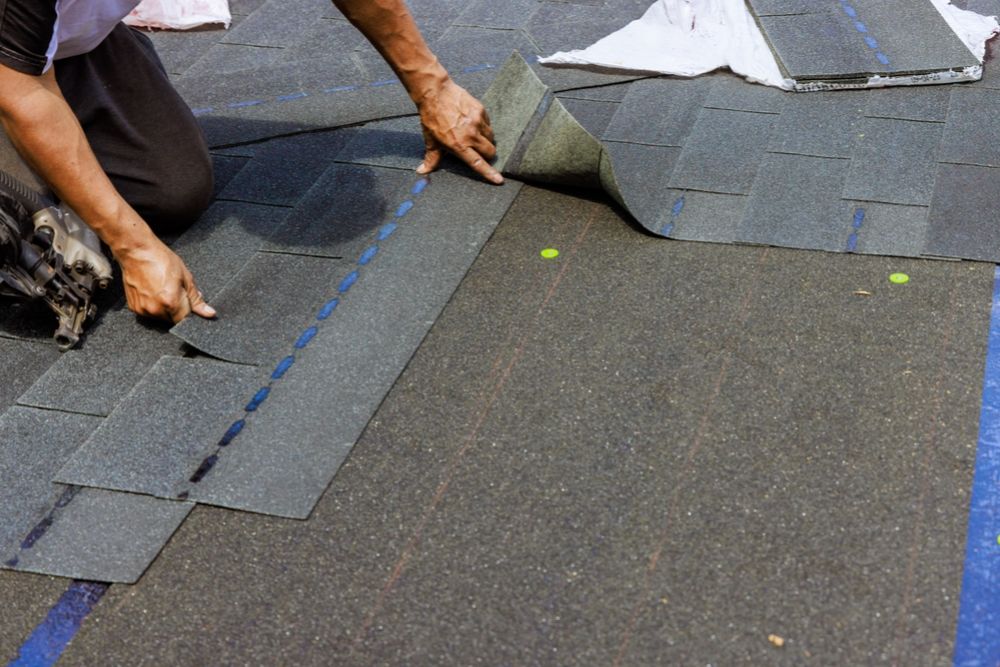Your roof is one of the most important structures protecting your home, but repairs can quickly become expensive if they’re not handled strategically. Whether you’re dealing with small leaks or larger structural issues, knowing how to cut costs without sacrificing quality is essential. By taking preventive measures, shopping smart for materials, and understanding when to hire professionals, you can save a substantial amount of money on roof repairs.
1. Schedule Regular Roof Inspections
Preventive maintenance is the number one way to save on roofing costs. Small issues like cracked shingles, loose flashing, or minor leaks can turn into major expenses if ignored. Experts recommend inspecting your roof at least twice a year—once in the spring and once in the fall.
During an inspection, check for:
-
Missing or curling shingles
-
Water stains on the ceiling or attic
-
Loose or rusted flashing
-
Debris buildup in gutters
By catching issues early, you avoid paying thousands in emergency repairs later.
2. Learn to Handle Minor Repairs Yourself
Not every roof problem requires a professional. With some basic DIY skills and the right tools, you can fix small issues like replacing a few shingles, sealing small leaks, or cleaning clogged gutters. For example, replacing a few damaged shingles might cost you $50 in materials compared to $200–$500 if done by a contractor.
However, only attempt DIY repairs if:
-
You are comfortable working at heights
-
The damage is minor and localized
-
You have researched the proper repair techniques
Safety should always come first—use a sturdy ladder, wear non-slip shoes, and never work alone.
3. Compare Multiple Contractor Quotes
When a professional repair is necessary, never accept the first estimate. Gather at least three quotes from licensed roofing contractors to compare prices and services. Be sure to ask for a detailed breakdown, including:
-
Labor costs
-
Material costs
-
Warranty coverage
-
Estimated completion time
This not only helps you find the best price but also gives you leverage in negotiating a better deal.
4. Time Your Repairs During the Off-Season
Roofing companies are busiest during late spring and summer, which can drive up prices due to high demand. Scheduling repairs during the off-season—late fall or early winter—can sometimes save you 10–20% on labor costs. Contractors may be more willing to offer discounts to keep their crews busy during slower months.
5. Use Quality Materials to Avoid Frequent Repairs
While it may seem counterintuitive, investing in higher-quality materials can save you money over time. Premium shingles, durable flashing, and long-lasting sealants might cost more upfront, but they require fewer repairs and last longer. For example, architectural shingles can last 25–30 years, compared to 15–20 years for basic three-tab shingles.
6. Check Insurance and Warranty Coverage
Before paying out of pocket for repairs, review your homeowner’s insurance policy and roof warranty. Damage from storms, hail, or falling debris may be covered, which could reduce or eliminate repair costs. Keep documentation of inspections, repairs, and receipts to support any claims.
7. Maintain Proper Ventilation and Insulation
Poor attic ventilation can cause heat and moisture to build up under your roof, leading to mold, rot, and warped materials. Likewise, insufficient insulation can cause ice dams in winter, which damage shingles and gutters. Maintaining good airflow and proper insulation extends your roof’s lifespan and reduces the need for costly repairs.
8. Clean Gutters and Downspouts Regularly
Clogged gutters cause water to pool on the roof, seeping under shingles and causing damage over time. Cleaning gutters at least twice a year (and after heavy storms) prevents water-related issues that can cost thousands to fix. Installing gutter guards is another cost-effective option to reduce maintenance.
9. Buy Materials in Bulk or During Sales
If you know you’ll need multiple repairs over time, consider buying shingles, nails, or sealants in bulk. Home improvement stores often offer discounts for large purchases, and seasonal sales—especially during holiday weekends—can help you save even more.
10. Consider Partial Roof Repairs Instead of Full Replacement
If only a section of your roof is damaged, you may be able to repair that specific area instead of replacing the entire roof. This approach can save you thousands of dollars while still extending the overall lifespan of the roof. However, ensure that the repaired section matches the rest of the roof for both function and appearance.
11. Keep Trees Trimmed Around Your Roof
Overhanging branches can scrape shingles, drop debris, and cause damage during storms. Trimming trees back from your roof reduces the risk of falling limbs and keeps your roof cleaner, which lowers long-term repair costs.
12. Avoid Unnecessary Repairs Suggested by Dishonest Contractors
Unfortunately, some roofing contractors recommend unnecessary repairs to increase their profits. Protect yourself by:
-
Getting a second opinion
-
Asking for photos of the damage
-
Requesting written explanations of why repairs are needed
Knowledge is power when it comes to avoiding inflated bills.
13. Use Local Contractors
Hiring a local roofing company can save money in travel fees and ensure quicker service in case of emergencies. Local contractors also understand the climate and common roofing issues in your area, helping them provide more accurate and lasting repairs.
14. Do Preventive Seasonal Maintenance
Each season poses different threats to your roof. In the fall, clear away leaves and debris. In winter, remove excess snow to prevent weight damage. In spring, check for damage from ice and wind. Summer is a good time to address heat damage and inspect for cracked shingles.
15. Keep a Roof Repair Savings Fund
Set aside a small amount of money each month specifically for home repairs, including the roof. Having a dedicated fund prevents you from relying on high-interest credit cards when repairs are needed, saving you money in interest payments.
Roof repairs don’t have to drain your wallet if you approach them with a strategic plan. By performing regular maintenance, being selective about materials and contractors, and understanding your coverage options, you can keep your roof in top shape while minimizing costs. The key is consistency—small, proactive steps today will save you from large, expensive problems tomorrow.





